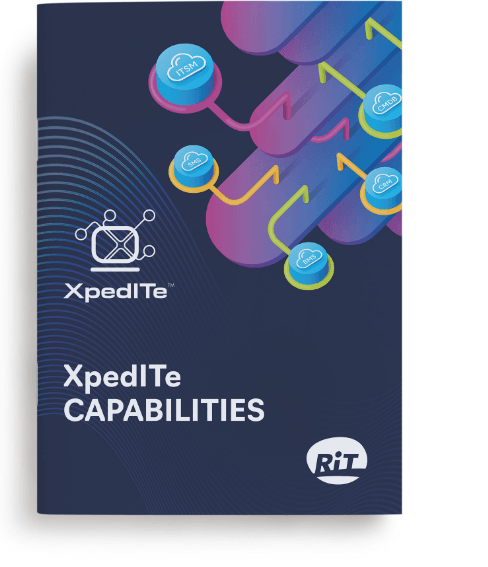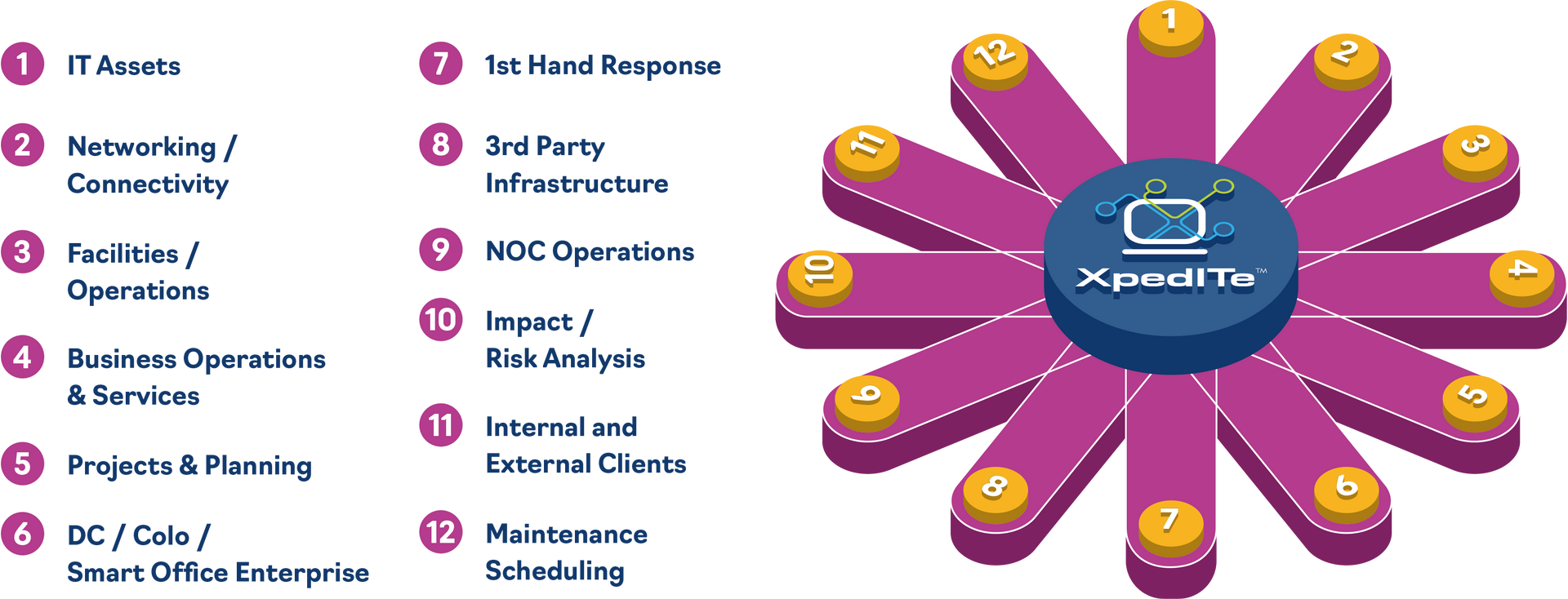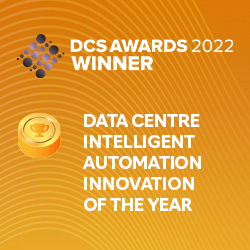USE CASES
SMART OFFICES
Modern workplace needs holistic management
what are smart offices?
A smart office is a workplace equipped with technologies that automate and streamline office operations. Like our product XpedITe, it uses the Internet of Things (IoT) devices, sensors, and advanced software applications to manage and monitor integrated systems for lighting, heating, air conditioning, security, and energy management.

BEJING SUBWAY
“The value that RiT Tech and their DCIM software, XpedITe has brought to our operations is not only top-level technology and high quality products but the most important achievement is the impact it has had on our day-to-day provisioning and work orders. Through the software, we can design and simulate all connectivity tasks that are integrated with our intelligent hardware - avoiding human error and making our operations safe and efficient.”
- Ms. Zhao, Chief Technical Officer, Beijing Metro Network Control Center
KEY FEATURES
DATA CENTEr INFRASTRUCTURE
MANAGEMENT (DCIM)
Through Integration, Automation and Transparency, XpedITe helps to reduce costs and run operations more efficiently. In order to help you Data Center achieve maximum uptime.
ASSET MANAGEMENT
Offering an Accurate and Comprehensive View of All Data Center Assets
Asset management is one of the critical DCIM pillars providing a reliable digital representation for infrastructure, as well as end-to-end change and service management functionality.
Capacity
Planning
Including Trending and Prediction
XpedITe gathers, processes and analyzes data from the building and IT infrastructure and all inter-dependencies to offer a comprehensive multi-layer capacity utilization displayed in 2D or 3D visual layers, capacity dashboards and reports for intuitive and comprehensive capacity management.
Rapid
Provisioning
Reducing Time to Market and Resource Overhead
Create, assign and audit all provisioning and maintenance tasks within a unified tool using XpedITe and integrate with external ticketing systems to manage changes in an effective way with reduced resource overhead and timeframes.
Intelligent Management
More than Simply Monitoring and Alerting
Through automation and machine learning, our tool turns information into solutions, enabling operators to make informed decisions that boost the bottom line: enhancing availability, streamlining consumption and optimizing reliability and productivity overall.

find out more
in our helpful capabilities guide
XpedITe is the only data center infrastructure management system (DCIM) on the market which gives our clients a solution that connects infrastructure and network in one platform. Our multi award-winning XpedITe provides the integration capabilities needed to enable universal intelligent infrastructure management (UIIM). XpedITe is used by progressive data centers across the globe from colocation to enterprises, including large corporations, government agencies, financial institutions, airport authorities, healthcare organizations, educational facilities and telecommunications.
XpedITe Awards
Seeing is believing, XpedITe is getting the recognition it deserves across the industry.





